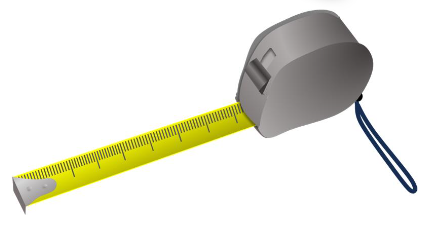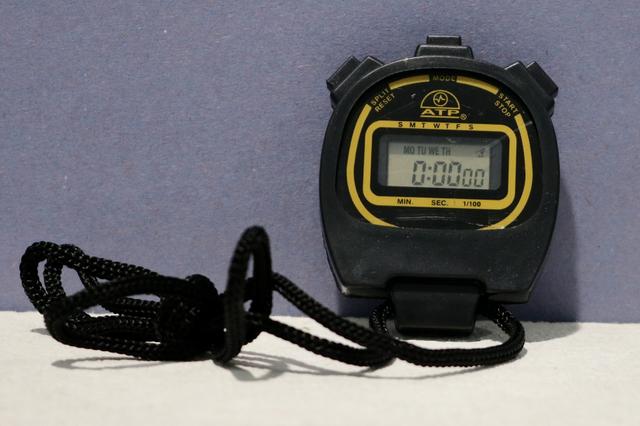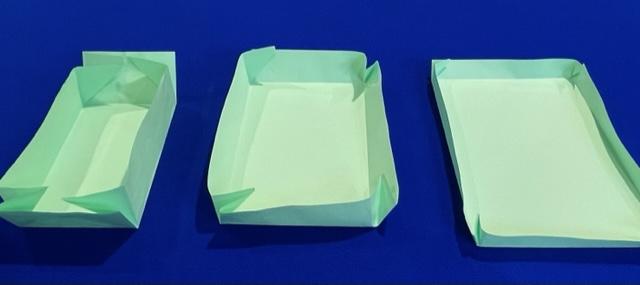Myths about teaching can hold you back
- Year 8
Changing the speed of a parachute
I can clearly describe how drag forces affect the motion of falling objects.
- Year 8
Changing the speed of a parachute
I can clearly describe how drag forces affect the motion of falling objects.
These resources were made for remote use during the pandemic, not classroom teaching.
Switch to our new teaching resources now - designed by teachers and leading subject experts, and tested in classrooms.
Lesson details
Key learning points
- The gravitational force on a falling object is constant.
- The drag force on a falling obejct depends on its speed and shape.
- Objects falling through the air will reach a terminal velocity when the drag and gravitational forces are equal.
- The terminal velocity can be changed by changing the drag force (e.g. with a parachute).
Keywords
Gravitational force - The gravitational force on something pulls it downwards, towards Earth.
Drag force - When an object moves through a fluid there is a drag force that opposes the movement.
Resultant force - A resultant force is the overall effect of a set of forces on an object, taking their directions into account.
Parachute - A parachute is used to increase the size of drag forces. This slows down the object it is attached to.
Terminal velocity - An object reaches a terminal velocity when the drag and gravitational forces are equal.
Common misconception
Video of skydiving may lead pupils to think opening a parachute makes a skydiver 'shoot upwards'.
Explain that this 'upwards motion' is relative motion to a cameraman. Discuss what a sudden upwards motion would do to a falling skydiver.
To help you plan your year 8 science lesson on: Changing the speed of a parachute, download all teaching resources for free and adapt to suit your pupils' needs...
To help you plan your year 8 science lesson on: Changing the speed of a parachute, download all teaching resources for free and adapt to suit your pupils' needs.
The starter quiz will activate and check your pupils' prior knowledge, with versions available both with and without answers in PDF format.
We use learning cycles to break down learning into key concepts or ideas linked to the learning outcome. Each learning cycle features explanations with checks for understanding and practice tasks with feedback. All of this is found in our slide decks, ready for you to download and edit. The practice tasks are also available as printable worksheets and some lessons have additional materials with extra material you might need for teaching the lesson.
The assessment exit quiz will test your pupils' understanding of the key learning points.
Our video is a tool for planning, showing how other teachers might teach the lesson, offering helpful tips, modelled explanations and inspiration for your own delivery in the classroom. Plus, you can set it as homework or revision for pupils and keep their learning on track by sharing an online pupil version of this lesson.
Explore more key stage 3 science lessons from the Moving by force unit, dive into the full secondary science curriculum, or learn more about lesson planning.

Content guidance
- Risk assessment required - equipment
Supervision
Adult supervision required
Licence
Prior knowledge starter quiz
6 Questions
Q1.Which two pieces of apparatus could be used to take the measurements needed to find the speed of a falling model parachute?




Q2.Which of these forces act on a skydiver as they fall downwards?
Q3.When does a falling object reach a steady speed?
Q4.A student measures how long a parachute takes to fall a distance of 2.0 m five separate times. Their readings are 1.5 s , 1.2 s, 1.4 s, 1.3 s and 1.4 s. Calculate the average fall time.
Q5.A set of model parachutes with different surface areas were dropped through a distance of 1.5 m. Starting with the fastest, sort the parachutes in order of average fall speed.
Q6.A model parachute falls through a distance of 1.8 m in a time of 2.4 s. Calculate the average speed of the parachute during the fall. Give the correct unit.
Assessment exit quiz
6 Questions
Q1.Match the key words to the explanations.
A force that pulls objects towards Earth.
A force caused by friction due to air.
The overall effect of a set of forces on an object.
A device used to increase drag during a fall.
The speed an object falls at.
Q2.Which of these describes what happens to the forces on a skydiver as they are speeding up?
Q3.A skydiver has a gravitational force of 700 N acting on them and a drag force of 600 N. What happens to the motion of the skydiver?
Q4.The parachutes all have the same weight. Which will have the largest fall speed when dropped?



